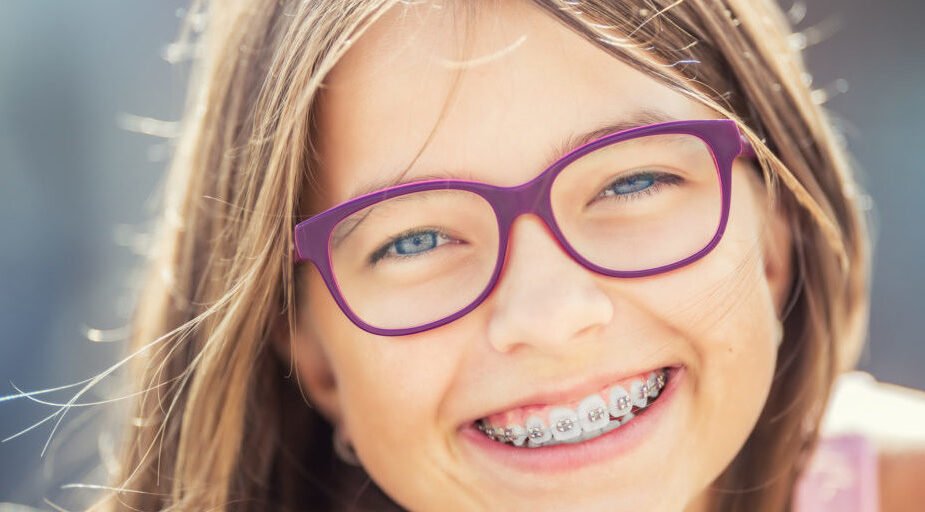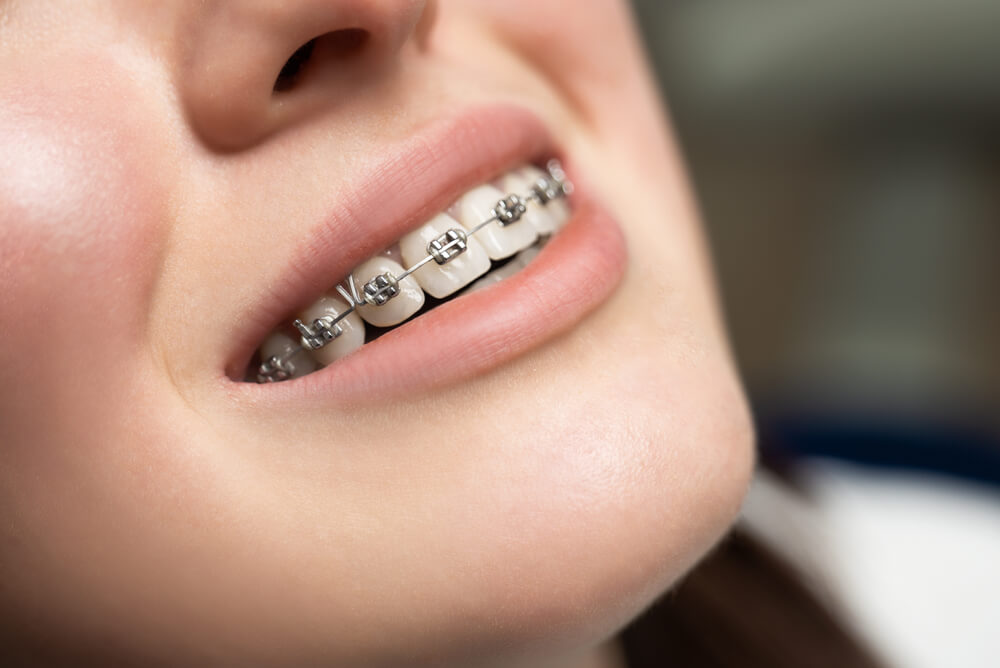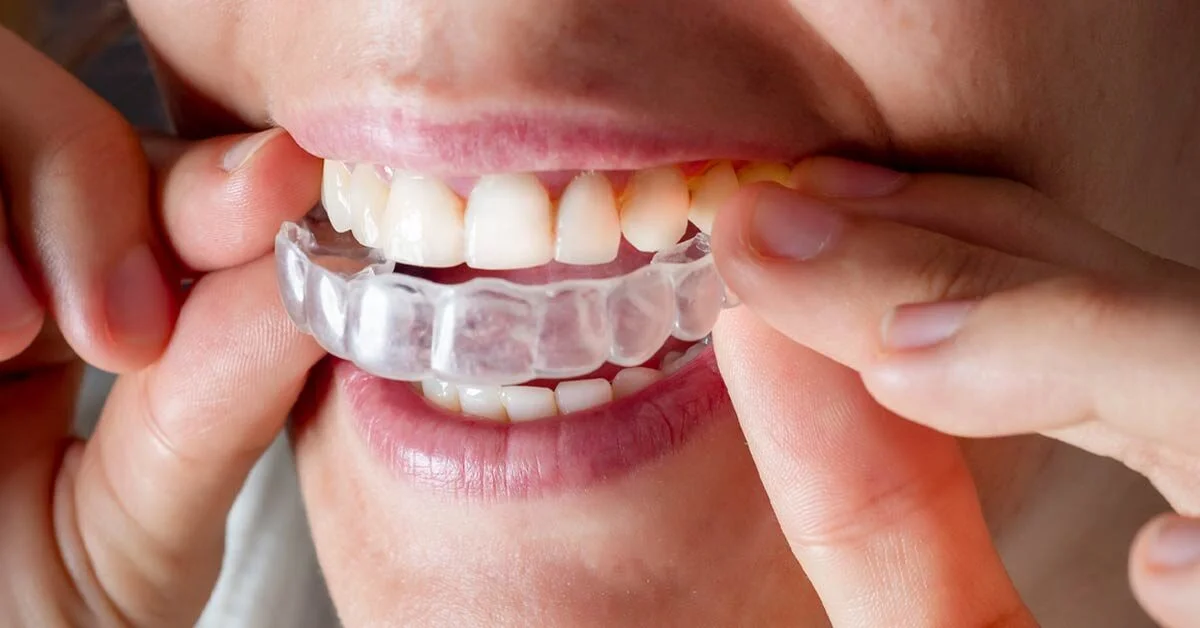
Invisalign vs. Braces: The Battle for the Best Smile
Making the decision between Invisalign and traditional braces is a topic that concerns many individuals seeking to enhance their smiles. From the orthodontist in Arlington VA to the patient who desires a captivating smile, this conversation has been ongoing. In this comprehensive guide, we delve into the world of orthodontics to help you navigate this crucial decision.
Understanding Orthodontics
Orthodontics is a branch of dentistry that specializes in correcting teeth and jaw irregularities. Before diving into the heart of the matter, it’s essential to understand the role of orthodontics in maintaining dental health. Regular visits to your orthodontist for checkups and cleanings are crucial in this regard.
An orthodontist in Arlington VA, for example, can offer expert advice and use advanced tools to keep your teeth and gums healthy. They can provide personalized recommendations to help you achieve optimal dental health. This context is vital when considering Invisalign and braces, as both are orthodontic treatments that require professional oversight.
Traditional Braces: The Old Reliable
Traditional braces have been around for decades and have a proven track record of effectively correcting various dental issues, from simple to complex ones. Braces work by applying constant pressure over time to slowly move teeth in a specific direction. They consist of brackets attached to your teeth, tied together by a wire, which is periodically tightened by your orthodontist to gradually shift your teeth and jawline into alignment.
Pros of Braces
Effectiveness
Traditional braces are highly effective at treating even the most complicated orthodontic cases. They can handle severe misalignments, overcrowding, wide gaps, and complex bite issues better than most other treatment options.
Durability
Braces are made of high-grade stainless steel (or ceramic or plastic in some cases), making them extremely durable. This strength allows braces to withstand most types of treatment, regardless of the complexity or length.
Control
Braces give orthodontists more control over the movement and final position of the teeth. This precision is crucial for treating complex cases where specific tooth movement is needed.

Cons of Braces
Aesthetics
Traditional braces, especially metal ones, are very noticeable when you talk or smile. This visibility can cause self-consciousness or embarrassment, particularly in adults and teenagers.
Discomfort
Braces can cause some discomfort or even pain, especially after adjustments. The brackets and wires can also cause irritation to the inside of the mouth, particularly in the early stages of treatment.
Maintenance
Braces require careful and regular cleaning to prevent food particles from getting stuck. This requirement can make oral hygiene more time-consuming. Additionally, there are dietary restrictions to avoid damaging the braces, such as avoiding hard, crunchy, or sticky foods.
Invisalign: The Modern Approach
Invisalign is a relatively new treatment option that has gained popularity due to its discrete nature and comfort. Invisalign aligners are custom-made to fit your teeth. They are created from a clear, flexible plastic that is FDA-approved and free of BPA, BPS, latex, or gluten. They work in a series of trays that gradually shift your teeth into place. Each tray is slightly different, so your teeth move a little more with every change.
Pros of Invisalign
Aesthetically Pleasing
One of the main advantages of Invisalign is that the aligners are virtually invisible. This makes them an attractive option for adults and teenagers who are concerned about the appearance of traditional metal braces.
Comfort and Convenience
Invisalign aligners are made of smooth plastic, which tends to be more comfortable than metal braces with wires and brackets that can cause irritation. Additionally, they are removable, allowing for easier eating, brushing, and flossing. This also means fewer dietary restrictions compared to traditional braces.
Predictable Treatment Planning
Invisalign treatment involves 3D computer imaging technology to design the complete treatment plan, from the initial teeth alignment to the final desired position. This allows patients and orthodontists to see the expected progression and end result of the treatment.

Cons of Invisalign
Not Suitable for All Cases
While Invisalign can treat many orthodontic issues, it may not be the best solution for severe or complex cases. Traditional braces are typically more effective for complicated dental problems, such as severe crowding or significant overbites.
Requires Discipline
Invisalign aligners need to be worn for 20 to 22 hours a day for the best results. They should be removed only for eating, drinking (anything other than water), and cleaning. This requires a high level of commitment and discipline, which can be challenging for some patients.
Potential for Misplacement or Loss
Because the aligners are removable, there’s a risk of misplacing or losing them. Replacing lost aligners can add to the overall cost of the treatment.
Invisalign vs. Braces: Making the Choice
The choice between Invisalign and braces often boils down to personal preference, the complexity of the dental issue, and the lifestyle of the individual. An orthodontist in Arlington VA, for instance, can guide you through the process, helping you weigh the pros and cons based on your unique situation.
Aesthetics and Comfort
If the appearance of braces is a significant concern for you, Invisalign might be a more appealing option due to its near-invisibility. Additionally, Invisalign tends to be more comfortable than braces, as there are no brackets or wires that could potentially cause discomfort.
Treatment Time and Discipline
Treatment time can also be a deciding factor. In general, braces might need to be worn longer than Invisalign, depending on the severity of the misalignment. However, the effectiveness of Invisalign relies heavily on the patient’s commitment to wearing the aligners as directed.
Cost and Insurance
The cost may also factor into your decision. Traditional braces typically cost less than Invisalign. However, many dental insurance plans cover both to a certain extent. It’s best to consult with your orthodontist and insurance provider to understand the financial implications better.
Complexity of Dental Issues
Lastly, the nature and complexity of your dental issues can significantly influence your choice. Traditional braces are typically more effective for more complex cases, such as severe overcrowding, while Invisalign can be an excellent choice for simpler orthodontic problems.
The Final Verdict: Invisalign or Braces?
In the battle for the best smile, both Invisalign and braces have their strengths and weaknesses. However, the ultimate decision depends on the individual’s needs and lifestyle. Regular consultations with your orthodontist, such as the orthodontist in Arlington VA, can help maintain your oral health during this process.
Whether you opt for the traditional braces that have stood the test of time or prefer the modern, virtually invisible Invisalign, both options can lead you to a healthier, more confident smile. It’s essential to make the choice that aligns best with your oral health goals, lifestyle, and personal preferences. Remember, the journey to a perfect smile is a team effort between you and your orthodontist. So, make the choice that best suits you and embrace the journey towards a captivating smile.









